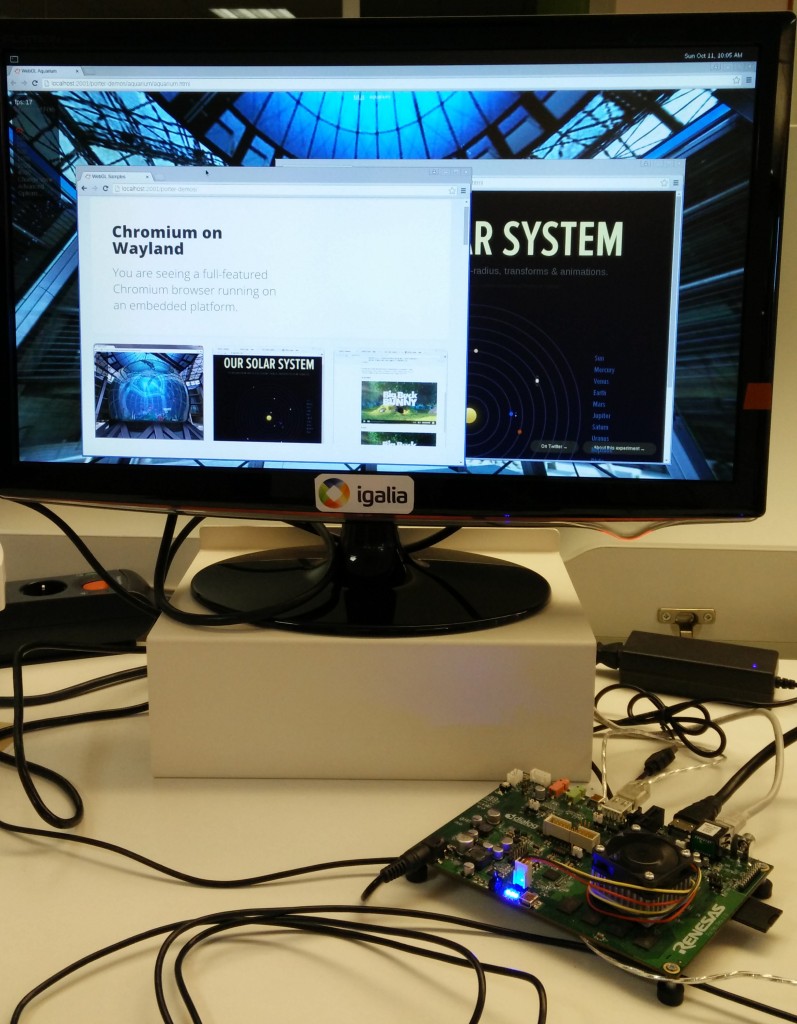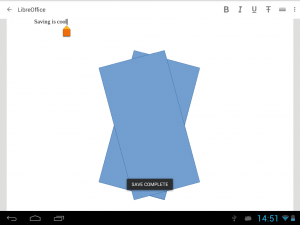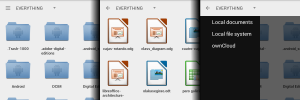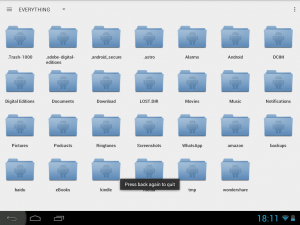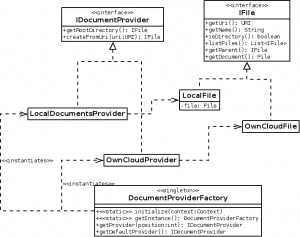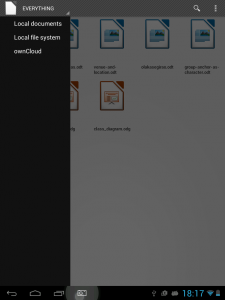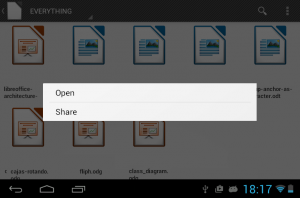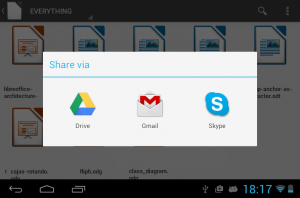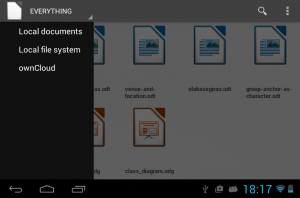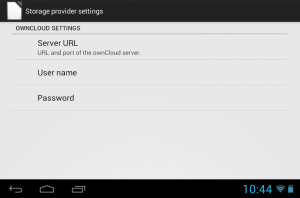Hello! I’m writing this update from Seoul!
The purpose of this trip is taking part in the GENIVI 13th All Member Meeting. Igalia will present the contributions made to the GENIVI community in the browsers area. I have been coordinating the company investment in the automotive field in the last year and taken part in the development of several prototypes involving Chromium technologies, that is the reason I am here with Silvia Cho and Michael Catanzaro.
Among other things, Igalia has contributed our knowledge to the discussion on the different technical choices to build a browser for the sector, providing choices and analyzing pros and cons of each one. We have been working to complete the implementation of Ozone-Wayland, the layer that enables running Chromium on Wayland: this task will be essential in the automotive sector where next generation platforms are being built on top of Wayland. Finally, we have put together the pieces that allow to run a modern instance of Chromium on a Renesas R-Car M2 board, an embedded platform designed for this sector; a job that implied hacking the BSPs, the build recipes and even some wrapper libraries.
Three talks will be presented by Igalians in this event:
- Building a Browser for Automotive: Alternatives, Challenges and Recommendations, by Silvia
- Ozone-Wayland Support in Chromium, by Michael
- Building Chromium on an embedded platform using Ozone-Wayland, this one is mine
We will also have a booth at the conference showcase, where public will be able to see our work in action. An R-Car board will be running Chromium on top of Wayland to display our work on Ozone-Wayland and porting. Last but not least, there will also be some demos featuring WebKit for Wayland, a fresh flavor of WebKit that focuses on high performance with a low footprint.
You can expect to see slides and maybe some more pictures here, as usual, later this week. Happy hacking!
EDIT: uploaded the slides of the three talks, linked above. Also added some pictures from twitter. Finally, we have been awarded as GENIVI most valuable contributors!
Silvia on stage during her talk "Building a Browser for Automotive" @igalia @GENIVIAlliance pic.twitter.com/PcNKpD6pnG
— Jacobo Aragunde (@JacoboAragunde) October 20, 2015
Wed morning at Seoul, Michael is explaining Chromium architecture and Ozone-Wayland project @igalia @GENIVIAlliance pic.twitter.com/TsgYxsPlvg
— Jacobo Aragunde (@JacoboAragunde) October 21, 2015
My talk about Chromium on embedded at GENIVI AMM @igalia @GENIVIAlliance pic.twitter.com/UzlOJtzlwe
— Jacobo Aragunde (@JacoboAragunde) October 22, 2015
Our booth in the showcase at the GENIVI AMM, showing our experience in browsers @igalia @GENIVIAlliance pic.twitter.com/OkP1WEqnvY
— Jacobo Aragunde (@JacoboAragunde) October 22, 2015
@igalia awarded as one of the most valuable contributors to @GENIVIAlliance pic.twitter.com/hqCkwAEHNh
— Jacobo Aragunde (@JacoboAragunde) October 20, 2015


